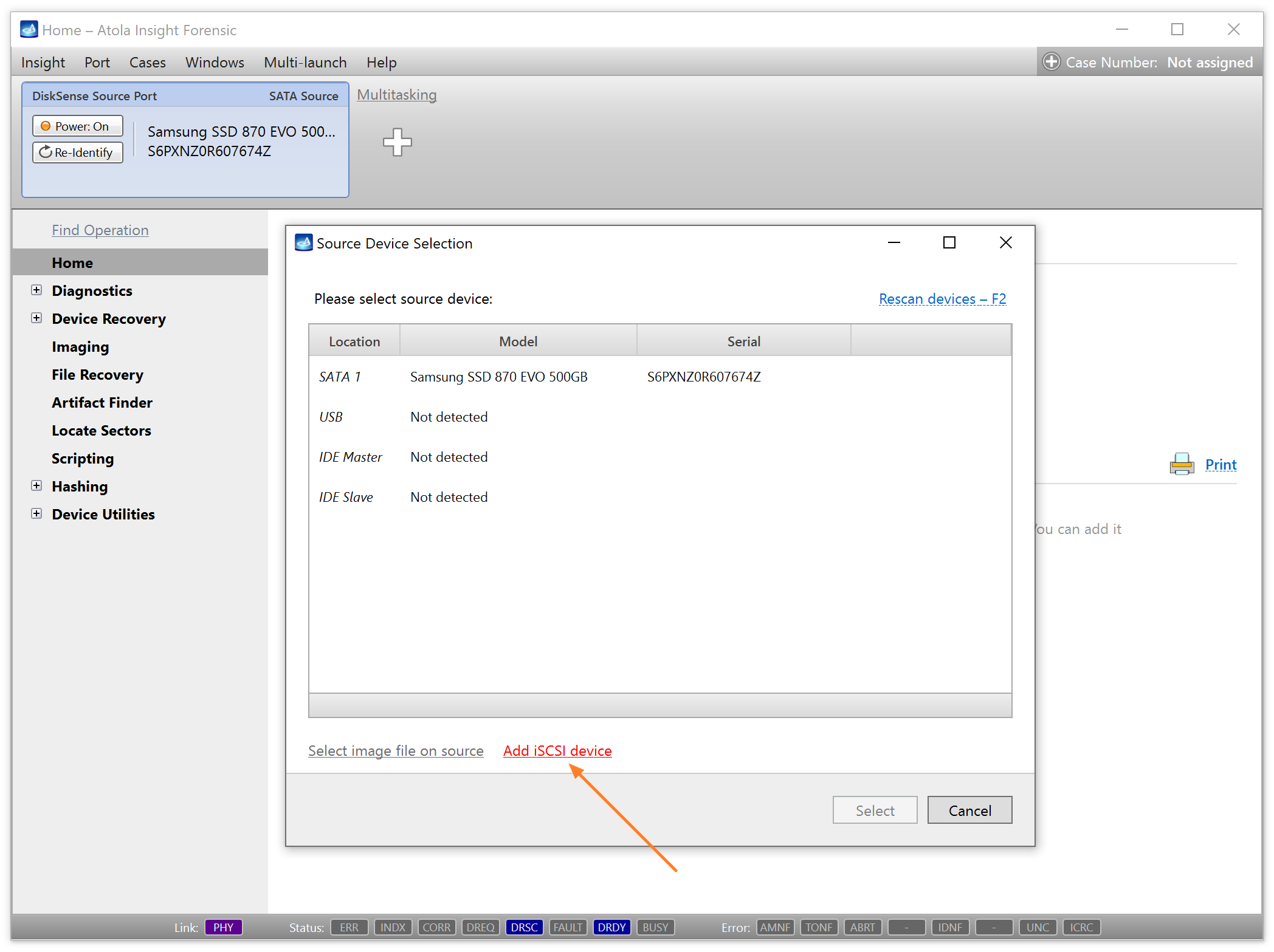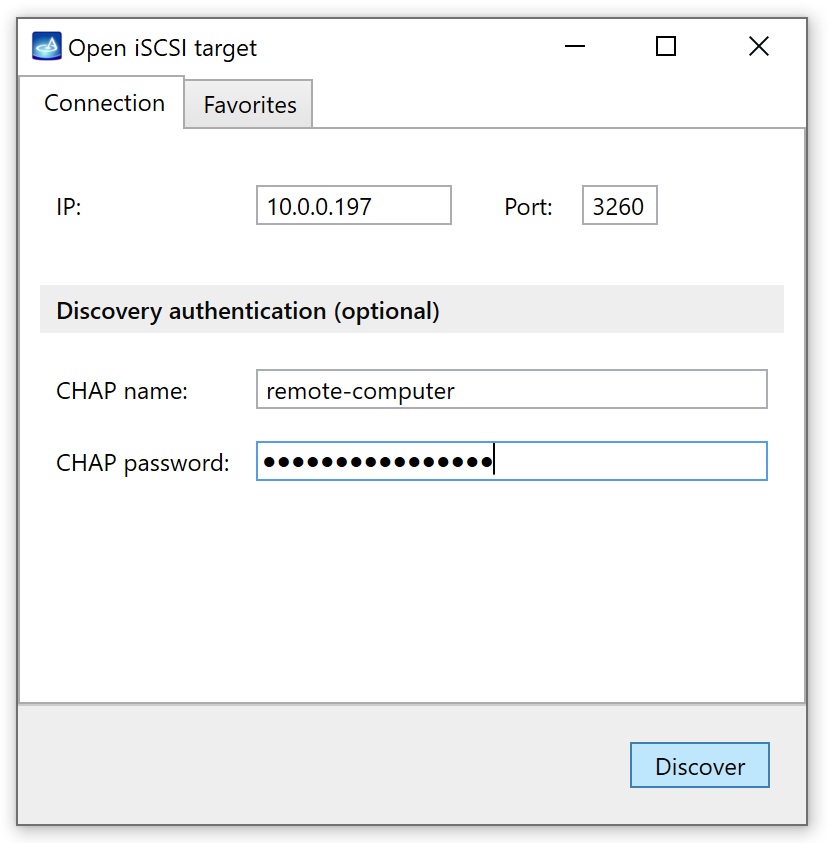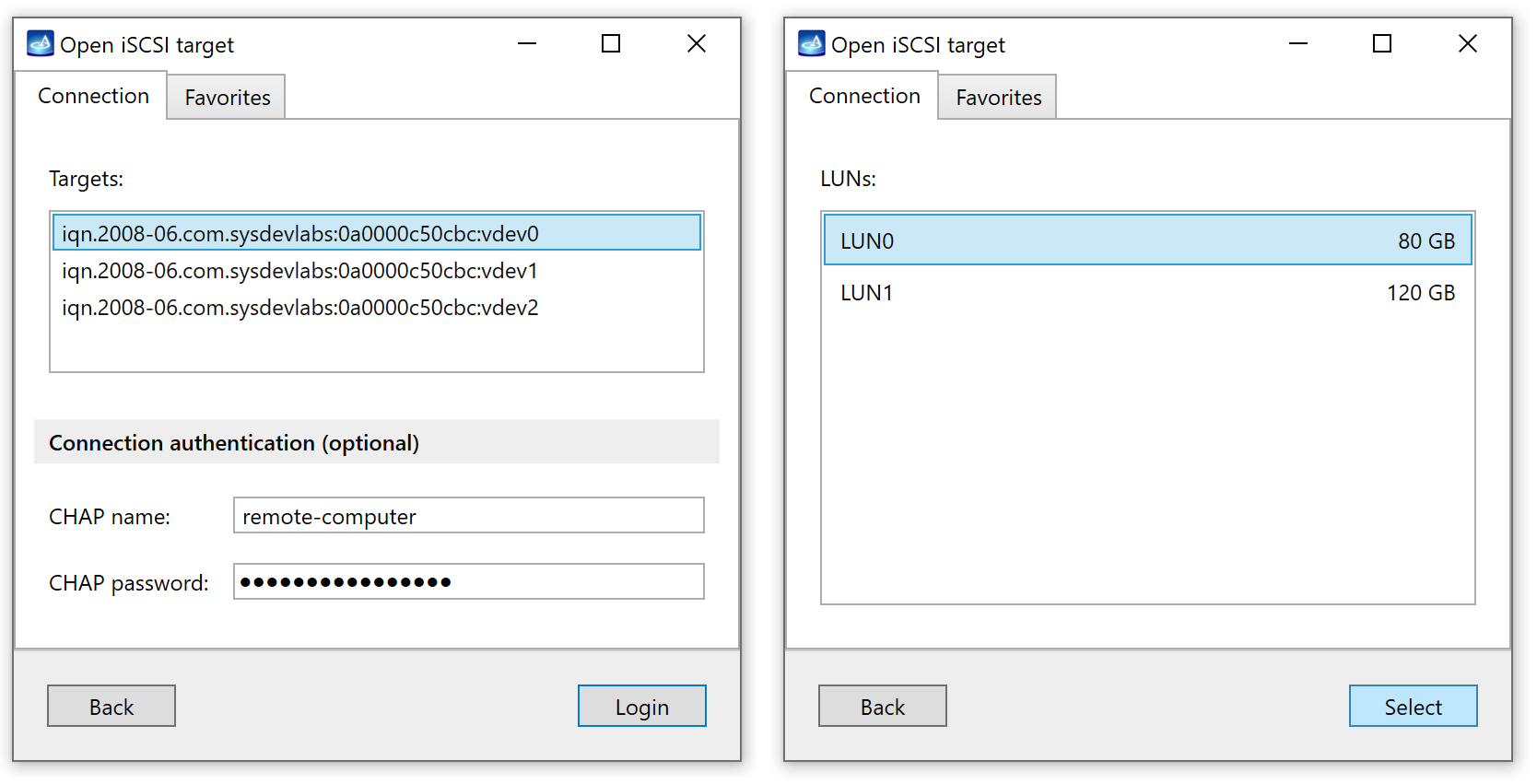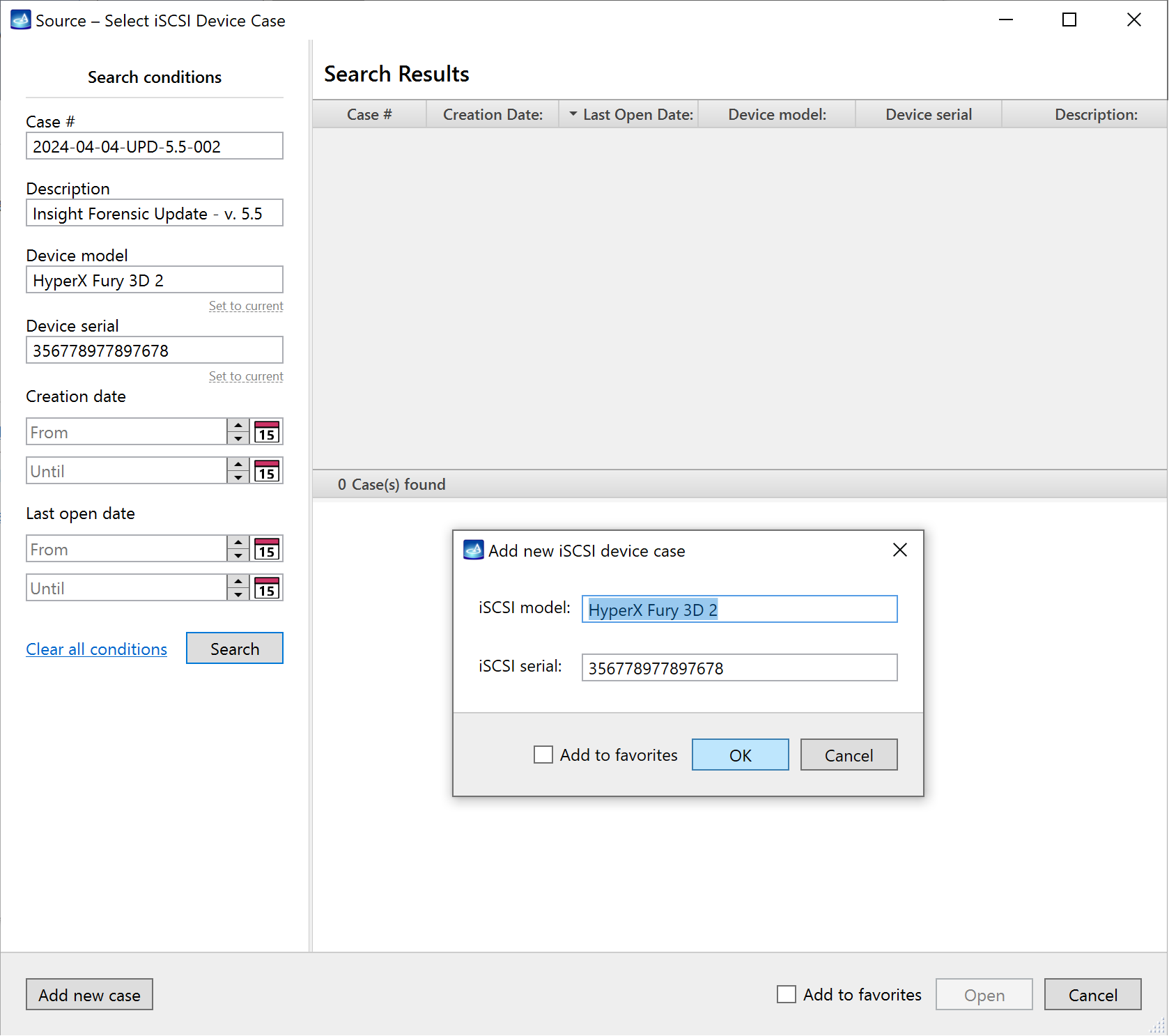Image a remote drive using the iSCSI protocol
The iSCSI network protocol lets you access devices remotely. With its help, you can also image drives that can't be plugged into the DiskSense hardware unit. These could be drives soldered into a motherboard, servers that can't be turned off, or devices you have legal access to but not the right to seize.
Up to 3 remote network drives can be imaged in parallel via iSCSI.
To set up an iSCSI target correctly and expose a physical or logical drive via iSCSI on a network, you can utilize a Python script provided by Atola that automatically creates iSCSI targets for all drives except for a boot device.
Automatically create iSCSI targets
To expose a physical or logical drive via iSCSI on a network, first, you need to set up an iSCSI target correctly. To help you with that, Atola engineers created a Python script named iscsi-targets, that automatically creates iSCSI targets for all drives except for a boot device.
Download iscsi-targets from GitHub →
Features of the ‘iscsi-targets’ script
- Automatically creates iSCSI targets for all drives except for a boot device.
- Ensures that the iSCSI Qualified Name (IQN) of every iSCSI target includes the drive model and serial number. When you add such an iSCSI target in Atola imagers as a source drive, the imager’s software pulls the drive model and serial number from IQN into a case.
- Lets you specify a block device as a script argument to create an iSCSI target only for it.
What you need to run the ‘iscsi-targets’ script
The script runs on Linux only. It was tested on various flavors of Linux like Ubuntu, Fedora, CentOS, and RHEL, including DFIR boot images: Paladin, Caine, and Tsurugi.
- Python 3.6+ must be installed.
-
The script will also check for and install two dependencies the first time it is run:
- targetcli
- python3-rtslib
How to use the ‘iscsi-targets’ script
Here are some examples of using the ‘iscsi-targets’ script.
-
Create iSCSI targets for all drives except for a boot device:
`sudo python3 iscsi-targets.py` -
Create a single iSCSI target for the specified /dev/sdb1 partition:
`sudo python3 iscsi-targets.py /dev/sdb1`
The example below shows the first run of iscsi-targets.py on Paladin. It has added 3 iSCSI targets for SATA and USB drives.
Image up to 3 remote drives in parallel using iSCSI
Here’s how to image a remote drive in Insight Forensic using the iSCSI protocol:
- Expose a physical or logical drive via iSCSI on a network.
-
Go to Port > Select Source and then click the Add iSCSI device link.
Alternatively, click the Plus icon at the top and in the Add Source menu select iSCSI Device. - Enter the IP address and Port of a remote storage device. If needed, also enter a user name and password for remote authentication.
- Click Discover.
- Insight Forensic searches and shows all the iSCSI devices available at the IP and port address you provided. Select your device.
- Create a new case for an iSCSI device or select an existing one.
- Insight Forensic opens the selected iSCSI device as a separate port.
Now, you can image this device as usual or launch other operations, such as:
- File recovery
- Artifact finder
- Locate sectors
- Caclulate hash
- Disk editor (in read-only mode)






